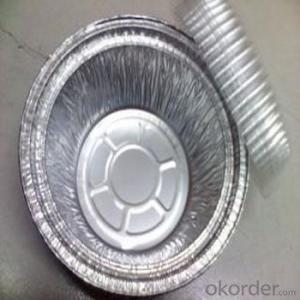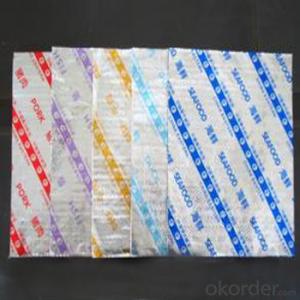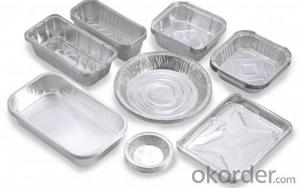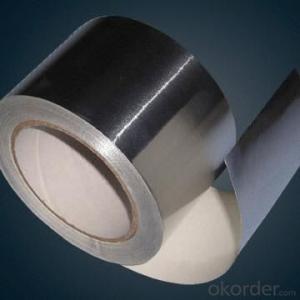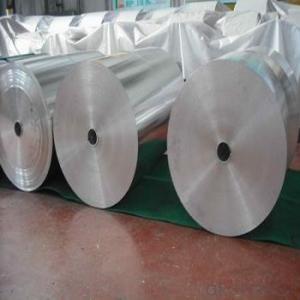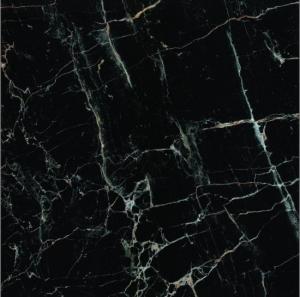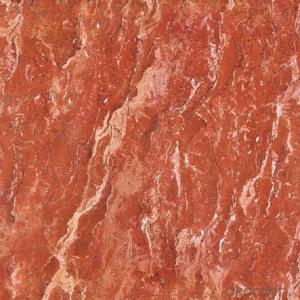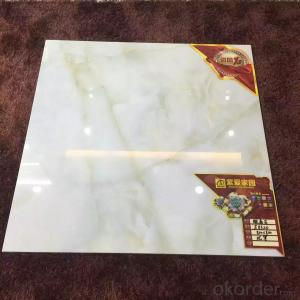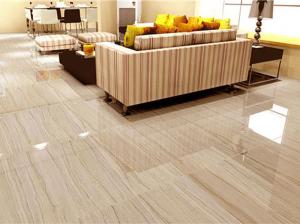Aluminum Foil Health Risk
Aluminum Foil Health Risk Related Searches
Led Light Bulbs For Ceiling Fixtures Led Lamps For Ceiling 42 In Ceiling Fan With Light Aluminum Coil Stock For Gutters Aluminum Foil For The Grill Hole Saw For Aluminum Plate Aluminum Tread Plate For Trailer Bow Plate For Aluminum Boat Aluminum Foil For Grow Room Aluminum Foil For Joint PainHot Searches
Stock Price For Aluminum Aluminum Coil Stock For Sale Aluminum Gutter Coil For Sale Used Aluminum Scaffolding For Sale 1/4 Aluminum Plate For Sale Aluminum Bar Stock For Sale Aluminum Round Stock For Sale Aluminum Diamond Plate For Sale Aluminum Scaffolding For Sale Craigslist 6061 Aluminum Plate For Sale Aluminum Dock Plate For Sale 7075 Aluminum Plate For Sale Aluminum Tread Plate For Sale Aluminum Checker Plate For Sale Aluminum Plate For Sale Near Me Plate Aluminum For Sale Aluminum Plate For Sale Aluminum Square Stock For Sale Aluminum Flat Stock For Sale Billet Aluminum Stock For SaleAluminum Foil Health Risk Supplier & Manufacturer from China
Okorder.com is a professional Aluminum Foil Health Risk supplier & manufacturer, offers integrated one-stop services including real-time quoting and online cargo tracking. We are funded by CNBM Group, a Fortune 500 enterprise and the largest Aluminum Foil Health Risk firm in China.Hot Products
FAQ
- and if so, can I just put the tile on top of the sanded laminate counter top?
- You can do this any way you want but the proper way is to remove the sink this is not hard at all. The laminate will be easy to pry off it's just glued and if it has some age to it you can pry it very easily. If you really want the job to look great you should always do it right the first time. You will be proud of the job you did in the end. If your wash basin is held down with retainer clips don't worry you wont need them when you put it back just use some silicone caulk under the lip of the basin when you put it back in place. If you have more questions I will be glad to help just e-mail me with pics and questions.
- I accidentally tiled over an outlet cover. What can I do to fix this issue with out having to remove all the tile?
- Legally you must make that outlet accessible. A dremel tool can grind through tile without damaging the rest of it if you can locate the outlet closely enough. A Special large plate and box extender could then solve the problem. As a practical matter, you can leave it and hope no problems come up.
- Hi,We put porcelain tiles on our kitchen floor.Unfortunately the contractor did not do a great job. He did not clean it properly and now the grout is all over the tiles. its been 1 month the they put the tiles. How can I take grout off the tiles? I got a grout cleaner from Home depot but its not working as it should be. Please advise
- You can use Muratec acid, but use it carefully. Wear rubber gloves, and use it slowly, try and take it off in small layers. Don't pour it on and let it set too long. Porcelain has a continuous color all the way through, so there might be a little dulling in the sheen from the glaze being removed, but just re-seal the tile. If your contracted through a tile outlet, and they recommended the contractor, he is responsible for the install and final product. Take photos before you try to clean it, and take them to the store and have them repair it. There is no sense in you trying to fix what should have been done right the first time. I have had to go behind other installers that did a slop job -grout lines crooked, tiles cut wrong, wavy floors to repair them-sometimes having to completely rip up the whole floor and start over at the company expense. Be sure when having any contracted work done that you are satisfied with the final work, once you sign off on it and pay them, you are releasing them from obligation from that point on.
- I am going to move into a home that has ugly green and yellowish tile all over the kitchen!! The walls and sink are green, the counters are a wood laminate, the floor is an old beige vinyl, and the cabinets are a dark color and are old and dated. What can i do to make this kitchen much nicer on a really tight budget?! Help!!
- You okorder / and in the search bar (make sure you check site instead of recipe) type in 4 Wall Projects with Glaze it is the 3rd project called Tile Turnaround and gives step by step instructions. Good Luck!
- Why should the tiles be soaked before the tiles?
- Tile water method: to find a large basin, so that the brick can be completely immersed. However, we must pay attention to gently, to prevent the porcelain out of porcelain. Tile soaked in water is to prevent the absorption of water cement mortar moisture, so as not to cause hollowing, shedding, and even cracks, especially for the wall paving, wall paving before the need for water sprinkler work, is the truth The Tiles more or less there will be some pores, before the shop soaked in water, is to allow its pores full of water, and porcelain tiles because of the larger density, porosity is much smaller, also makes the water absorption is very low.
- I am in the process of installing a slate floor in my mudroom. The durock has been laid, and the tiles cut and sealed, and I‘m ready to start using the medium set to secure the tiles in place, but as I‘ve never laid slate (or any tile) before, I have some questions. 1. The tiles are in place now how I want them, do I have to take up the tiles row by row before I start mortaring them in place, or can I do 1 or 2 tiles at a time?2. I laid the tiles out starting from the center and working outwards. When I lay the tiles in place do I again start at the center, or do I start from the edges, or doesn‘t it matter?3. What is the best way to prevent lippage? As this is slate there is a good amount of variation. Do I just back butter each tile so that it is as high as the highest tile in the room? How do I manage to do that properly?
- Others might disagree, but here's what I suggest: 1. I take up at least a few rows of tile at a time, carefully stacking them in order. 2. Layout should always be done using a center line. There are options for the installation: - If you carefully snap or draw lines for each row on the Durorock and do not use spacers you can start wherever you want, for example against a far wall so that you don't work your way into a corner. - If you only use a center line and rely upon spacers, then you need to start at the center. Tiles tend to drift from each other slightly when you install using spacers, so if you start in the center and work in both directions the net drift toward the edge will be half as much as it would if you work from one edge all the way to the other. - I always draw lines for each row when I do a diagonal installation. I install the longest row first and the work away from it toward the opposite corners. 3. Once I mix a batch of thinset, I don't want to fuss much with tile thickness. So before I even lay the slate tiles out on the floor I sort them from thickest to thinnest. Individual tiles often vary in thickness from one corner to the other; others might have consistent thickness but be dished (not flat). These tiles are candidates to be cut for edge pieces, or they might not be worth using at all. Anyway, I layout the tiles from thickest on one side of the room to thinnest on the other and only need to butter a thin corner of that occasional irregular tile that is pretty enough to be worth the hassle. 4. See my answer to 2.
- How can i get hair dye stains off tiled flooring?
- There are lots of experts out there who do some cleaning and polishing stuffs on tiles cos theres a possibilty that thing could go worse if you try it by yourself. why can't you just give it a try...
- anyone familiiar with laying tile flooring? never done it myself but i just bought a house and want to do it. is there anything an amature would mess up?? any info would be great
- first take a 4 foot level and place it on the floor move it around and look between the level and the floor for gaps. small ones are ok any more than 3/8 should be filled with self levelling concrete. do a dry run with your tiles. from the door to the wall and 90 degrees to that to the other wall.like an L shape. you don't want to have to cut a half inch of tile to make the wall sh space them at the start to end with about 1/2 tile on the finish wall. and the one thing no one will tell you is if you look on the back of the tile you will see paint lines going in one direction all the tiles should be layed with the line going in the same direction. use adhesive concrete to hold down the tile and use the spacers for your grout lines.















